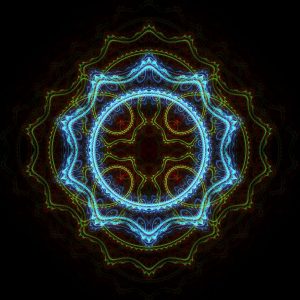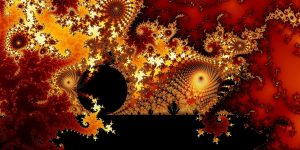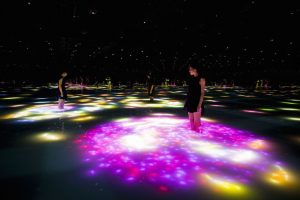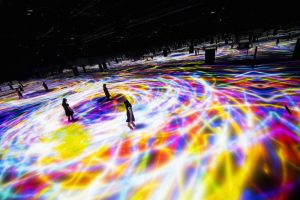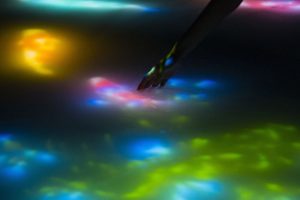/*Jenna Kim (Jeeyoon Kim)
Section E
jeeyoonk@andrew.cmu.edu
Project-01
*/
function setup() {
createCanvas(600, 600);
background(173, 222, 223);
}
function draw() {
//hair
noStroke();
fill(147, 127, 114);
ellipse(375, 260, 397, 472);
fill(147, 127, 114);
ellipse(184, 512, 122, 122);
fill(147, 127, 114);
rect(180, 240, 65, 271);
fill(147, 127, 114);
rect(461, 242, 111, 356);
fill(147, 127, 114);
quad(154, 113, 176, 66, 275, 66, 231, 119);
fill(147, 127, 114);
quad(214, 42, 250, 23, 293, 66, 255, 90);
fill(147, 127, 114);
arc(180, 401, 96, 96, 0, PI, OPEN);
fill(147, 127, 114);
arc(180, 353, 50, 50, 0, PI, OPEN);
//face&body
noStroke();
fill(250, 199, 199);
ellipse(365, 285, 369, 439);
fill(250, 199, 199);
triangle(374, 305, 205, 598, 544, 598);
//ears
noStroke();
fill(250, 199, 199);
ellipse(172, 261, 81, 88);
fill(250, 199, 199);
ellipse(550, 249, 81, 88);
//earrings
noFill(0);
strokeWeight(3);
ellipse(555, 276, 200, 200);
stroke(300);
noFill(0);
strokeWeight(3);
ellipse(167, 285, 60, 60);
stroke(300);
//mustache
noStroke();
fill(0, 0, 0);
rect(307, 328, 88, 26);
//upper teeth
noStroke();
fill(300, 300, 300);
rect(291, 370, 26, 26);
fill(300, 300, 300);
rect(325, 370, 26, 26);
fill(300, 300, 300);
rect(358, 370, 26, 26);
fill(300, 300, 300);
rect(392, 370, 26, 26);
//lower teeth
noStroke();
fill(300, 300, 300);
rect(307, 401, 26, 26);
fill(300, 300, 300);
rect(337, 401, 26, 26);
fill(300, 300, 300);
rect(368, 401, 26, 26);
//nose
noStroke();
fill(241, 96, 97);
triangle(366, 213, 365, 305, 275, 304);
//nose holes
noStroke();
fill(300, 300, 300);
ellipse(345, 270, 30, 30);
fill(300, 300, 300);
ellipse(310, 288, 10, 10);
//eyes
noStroke();
fill(241, 96, 97);
ellipse(291, 217, 82, 82);
fill(241, 96, 97);
ellipse(432, 205, 100, 100);
//sunglasses
noStroke();
fill(0, 0, 0);
ellipse(291, 217, 67, 67);
fill(0, 0, 0);
ellipse(432, 205, 84, 84);
rect(305, 205, 81, 11);
//eyelashes
noStroke();
fill(241, 96, 97);
rect(287, 162, 3, 20);
fill(241, 96, 97);
rect(425, 125, 3, 31);
}
I loved how this project summed up everything we learned this week; it gives me an opportunity to review everything. There are many aspects I learned about coding from this project, but most of all, I learned that it is crucial for me to put in the right code all the time. One small incorrect code can change everything.
![[OLD FALL 2018] 15-104 • Introduction to Computing for Creative Practice](../../../../wp-content/uploads/2020/08/stop-banner.png)
